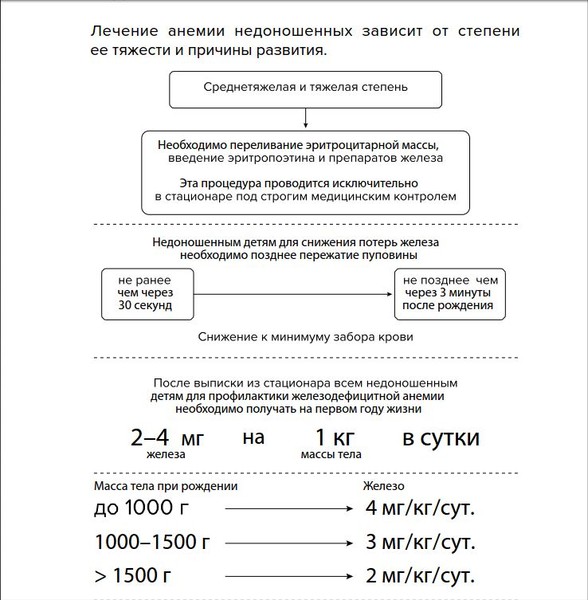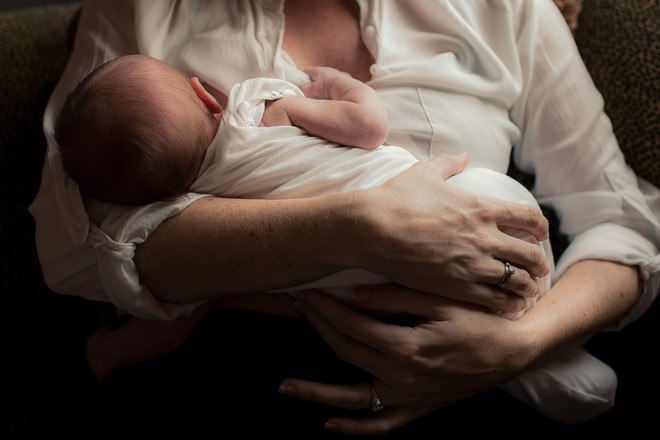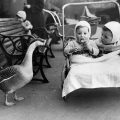Breastfeeding or not feeding - choice for mother. But it is worthwhile to know that the type of feeding directly affects iron deficiency in a child. The fact is that breast milk contains relatively little iron, so children in exclusive breastfeeding are at increased risk of developing iron deficiency anemia. Especially large is the risk at the age of 4 months to 6 months, when intrauterine iron stores are already depleted, and no complementary feeding has been introduced.
 1/2Photo: Eksmo Publishing HousePhoto: Eksmo Publishing House
1/2Photo: Eksmo Publishing HousePhoto: Eksmo Publishing House
How to avoid anemia
The American Academy of Pediatrics since 2010recommends that children who are breastfed or mixed fed should be given additional iron supplements. The daily supplement rate is 1 milligram per kilogram of body weight. The supplement should be given from 4 months and continued until complementary feeding is fully introduced. Adapted milk formulas are already additionally enriched with iron, so children who are fed with such formulas do not need additional supplements - they already have enough microelements in their diet. The duration of breastfeeding also plays a role. Many mothers are sure that they need to feed longer, the healthier the child will be. There is nothing wrong with this, but you need to understand that breast milk is not a substitute for complementary feeding. You should not think that breast milk already has "enough of everything": the baby's diet should include meat or other iron-containing foods. What is the optimal duration of breastfeeding? There is no clear answer to this. A woman should breastfeed as long as she and her child enjoy it. But don't forget about complementary feeding. And prepare dishes that will compensate for the lack of this microelement in the child's body. Otherwise, there is a risk that the hidden iron deficiency will accumulate and result in iron deficiency anemia. Photo: GettyImages
Photo: GettyImages
If the baby hurried
Why are premature babies born with deficiencies?iron? The fact is that the baby's iron reserves are created by its receipt from the mother through the placenta. This occurs most actively starting from the 28th-32nd week of pregnancy. Iron intake gradually increases as the baby grows. The total amount of iron in the body is proportional to the body weight at birth. If the baby is in a hurry to be born, then it simply does not have time to accumulate a sufficient reserve of this microelement. Therefore, almost all children born prematurely develop anemia by six months. However, there are nuances. A child born before the 32nd week does not have sufficient iron reserves from the mother, but in a child born after the 32nd week of life, iron reserves are directly dependent on her diet and lifestyle. In addition, the level of iron in the child's body is affected by frequent blood sampling, rapid growth of the child and other factors. Sometimes the problem is associated with how the mother behaved during pregnancy: what she ate, drank, whether she smoked, etc.
Risk factors
Iron deficiency in a child can be aggravated by:• iron deficiency in the mother during pregnancy,• maternal smoking during pregnancy,• maternal diabetes,• impaired placental circulation and placental insufficiency,• prematurity,• multiple pregnancy,• fetal blood loss,• intrauterine growth retardation,• other factors.Do you want your baby to be out of the risk group for anemia? Then you need to take care of this even before birth. Pregnant women can be advised to eat well, monitor sufficient consumption of foods with a lot of iron and, of course, quit smoking. At least for the duration of pregnancy. Read more:









